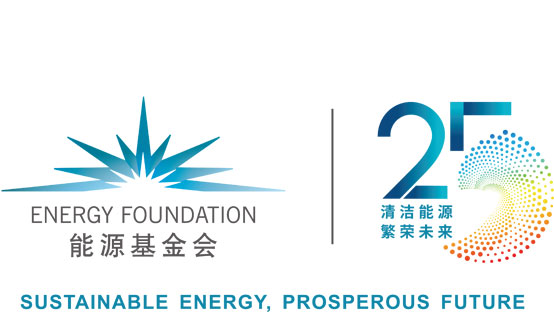Coal Transition Introduction
Context:
China is the world’s largest producer and consumer of coal, which accounts for one third of the global carbon emissions. In 2022, coal made up 56.2 percent of China’s total energy consumption. The coal-based energy structure not only causes air pollution, but also leads to high total carbon emissions and high carbon intensity. Phasing out coal use, transforming energy structure, and accelerating clean energy and electric power alternatives are crucial to achieving China’s multiple goals, including peaking its carbon emissions by 2030, reaching carbon neutrality by 2060, building a green, “beautiful China,” and promoting high-quality socio-economic development. These actions in China will also play a pivotal role in the accomplishment of the goals set in the Paris Agreement.
The Overarching Goal:
The Coal Transition Initiative aims to help China attain the following goals during 2040-2045: to achieve near-zero coal consumption by facilitating the energy transition, such as developing renewable energy, improving energy efficiency, and promoting electrification; and to achieve net zero emissions through carbon capture and storage technologies, for unavoidable coal consumption.
Initiatives:
Focusing on the integrated “4-E” nexus of Economy-Energy-Environment-Equity, we will systematically tackle the political, technological, and financial challenges of phasing out coal in the power, industry, and small-scale, “scattered” use sectors. Meanwhile, we will strategically support energy and economic transition pilots in different regions.
- Support the development of a national coal phase-out master plan under the goals of carbon peaking and neutrality;
- Support research on sectorial coal transition initiative plans for power, industry, and small-scale, scattered coal use sectors;
- Promote development of renewable energy in Northwest and Southwest China, with an aim to replace coal power in current consumption centers in the East and South;
- Support development of a comprehensive policy package to reverse the coal power rebound;
- Facilitate stranded asset management for coal power phase-out;
- Reduce residential use of scattered coal to zero nationwide by 2025;
- Promote co-management of coal control and air quality improvement;
- Support the development of just transition roadmaps for key regions, with focuses on economic diversity, social security, and employment;
- Promote pilots of zero-coal industrial parks;
- Forge ahead strategic communications, raise awareness, and form partnership with social organizations;
- Facilitate the development of an online data hub and platform to trace the financial performance of plant-level coal power plants and the on-the-ground progress of phase-out.





